Amanda Feilding
Psychedelic Science 2023
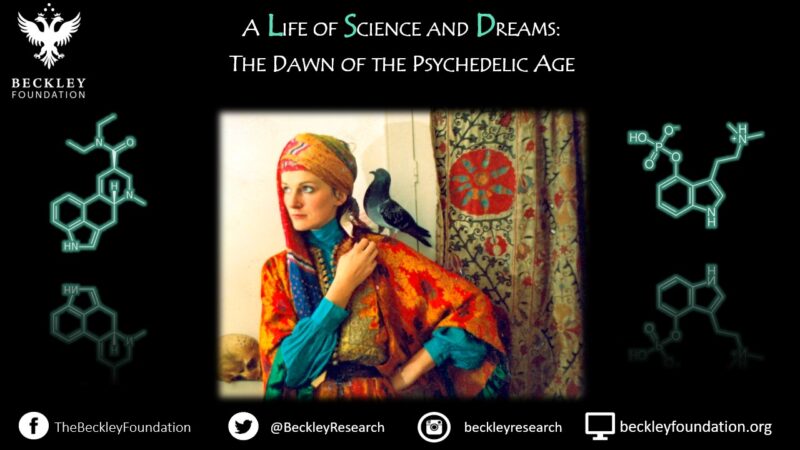
In my youth, I was delighted to be part of the Aquarian Age (being a typical Aquarian myself). I loved its freedom and sense of adventure.

Now, I feel we are entering the dawn of the Psychedelic Age, an age integrating science and mysticism. Through the advancement of science and brain-imaging technologies, we can now explore the mechanisms underlying consciousness better than ever before.
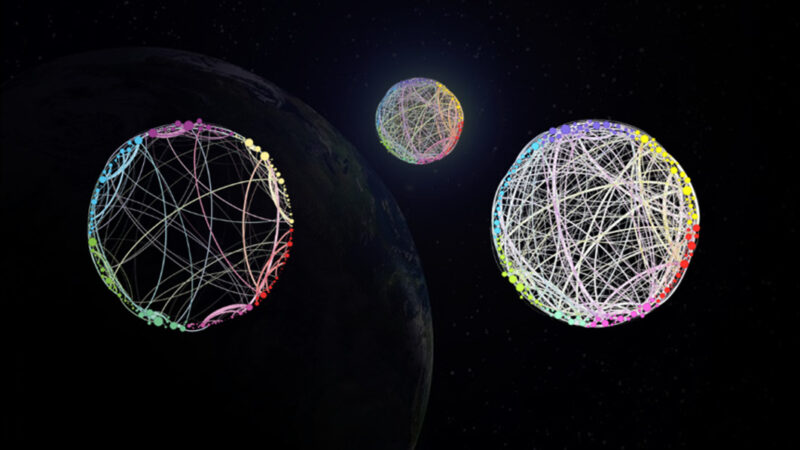
I believe that the psychedelics, through the serotonin 2A receptor, increase the energy supply to the brain, expanding connectivity, neuroplasticity and neurogenesis. More of the brain is simultaneously functioning. The dried-up husk of adult consciousness is suddenly flooded with new light. The right hemisphere is back in the dance.


With the new knowledge of how to control the level of consciousness at which we choose to function, the mind can fly higher, whilst maintaining the reigns of concentration in order to direct its flight. This can lead to new adventures, cognitively, romantically, and spiritually; it can re-activate poor, tired homo sapiens, semi-drowned in his, or her, own verbal diarrhoea, and soon-to-be enslaved by artificial intelligence, and ‘Stepford’-Avatars, in the new ‘Metaverse’.

The transition of epochs marks the progression of human civilisation, from the Stone Age, through the Industrial Age, to the Age of Information and onwards. In my mind, the state of human consciousness is pivotal to our health, happiness, and survival.

The Psychedelic Age heralds a new approach to the control of an expanded state of consciousness, meaning that we have now a better scientific knowledge of how to alter the level of consciousness at which we choose to function, and, most importantly, how to maintain our concentration at those expanded levels, if we so choose.
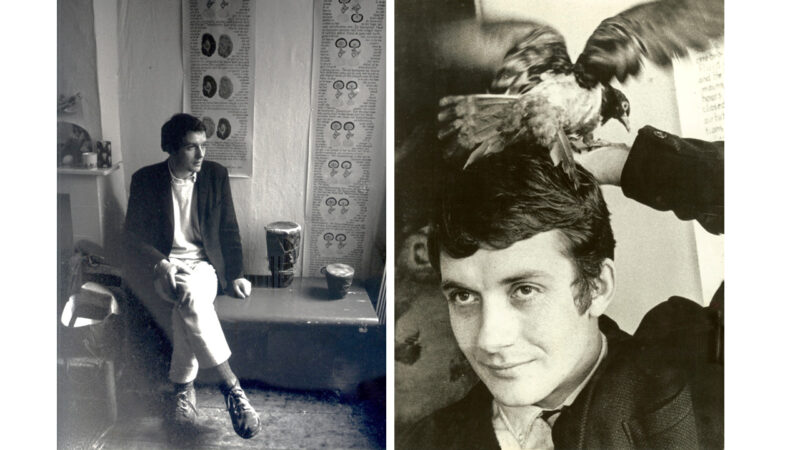
The key that initially unlocked the door to the ‘control room’ of my own consciousness, was my relationship with a Dutch scientist of exceptional insight, Bart Huges, who introduced me, in 1966, to the hypothesis of the mechanisms underlying changing states of consciousness, and the Ego.

Further, he taught me how one can control and direct one’s enhanced level of consciousness by maintaining the normal glucose level of the blood, and by using vitamin C as a safety valve to protect oneself against running out of adrenaline, when the glucose-level falls below normal.
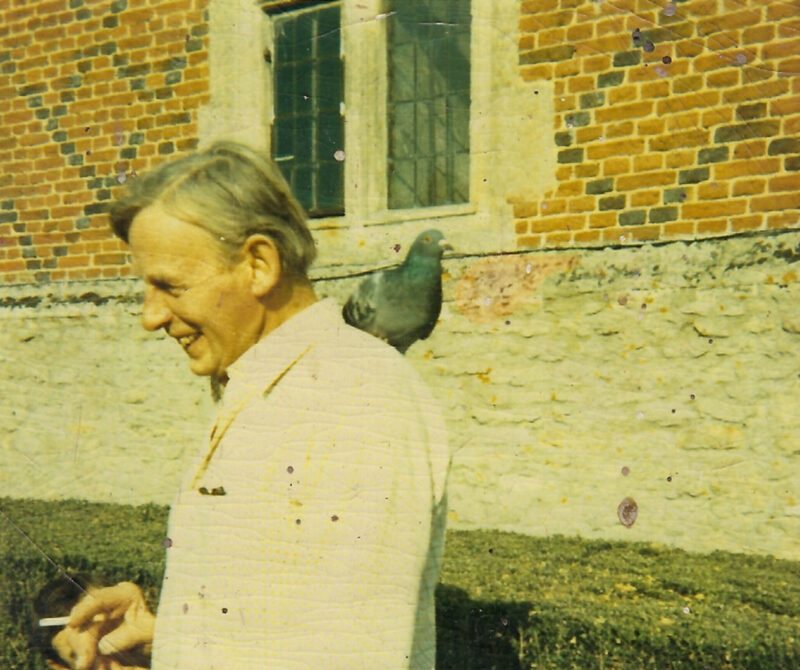
I was lucky to have had a very close relationship with my father, who was a diabetic when he returned from the war when I was 3, and I became his “carer” (or maybe I should say, his ‘beloved pet dog’), putting the glucose in his mouth when he started to pass out. When he was short of carbohydrates, he had many eccentric habits, including, for fun, driving over the centre of roundabouts. My experience with him, conditioned me to fully understand the importance of the level of glucose in the blood for maintaining concentration… a lesson which would become very valuable when I studied the changes in consciousness brought about by psychedelics.

The evolution of the talking ape to its position of dominance over all other animals is extraordinary, and I would put it down largely to its adoption of the upright position. This freed the hands and enabled it to see further, among other attributes.

However, a heavy price was paid: the loss of a volume of blood from the brain due to Gravity. Blood is heavier than cerebral-spinal fluid, the other fluid in the cranial cavity, which is produced in the brain itself.
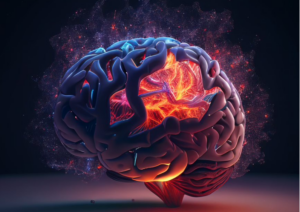
A secondary cause of loss of blood to the brain comes later, with the closing of the skull at adulthood, reducing ‘cranial compliance’. This restricts the full expression of the systolic pressure on each heartbeat, which results in a small reduction in the capillary volume.

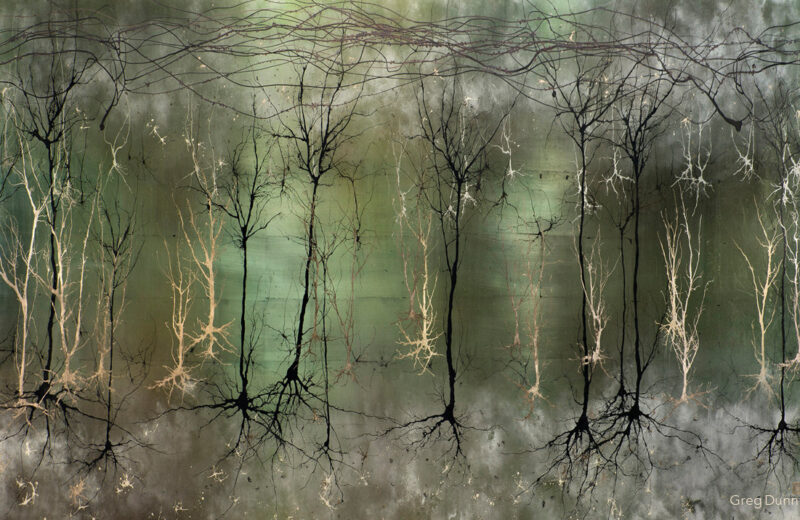
I would suggest that as compensation for this loss of blood in the brain, our ape ancestors developed an ingenious internal mechanism of constriction, which optimises the use of the diminished cranial blood supply, by expanding the facility that all animals have, of directing the blood flow to those parts of the brain most vital for survival.

All animals manipulate sounds to have special meanings to their group, and the recognition of the sound stimulates particular reactions, formed by the conditioning. However, homo sapiens took this skill much further than any other animal, so that, over the millennia, the chains of spoken words evolved into an ever more complex network of meaning.
The recognition of the word triggers the response of the muscles that control the tone of the micro-vasculature, to constrict or dilate the blood vessels.


Through the elaboration of this complex semantic structure, we generated a new form of reality: the reality of the spoken word. This superimposed mechanism gained increasing control over the distribution of the blood, so that when we utter a word which we have been conditioned to recognise, such as “stand-up”, we put into action those muscles which carry out that command.

This mechanism, as our human ancestors developed it, became more and more complex, delving into the symbolic use of words and numbers to represent metaphysical and other spheres of reality. The whole of one’s ‘reality’ became dependent on the meaning of the word to which one was conditioned, and hence, as a species, we became more and more separated from the reality of Nature.

Our concept of reality does not, therefore, necessarily reflect reality as it is, but rather to what we have been conditioned to believe it is. This conditioning can build up like a card-castle of illusion, which is unique to humankind.

The construction of the ‘ego’ mechanism is based on repression, stimulated by the recognition of the word. This brings about the constriction of some blood vessels and the dilation of others, thus controlling which areas of the brain are supplied with enough blood to function. This evolution of an internal control-system came about as the compensation for the loss of blood, and made us humans into the brilliant animals that we are, able to manipulate sounds with highly-evolved symbolic meaning, by which we can build an alternative universe in the mind. For all its advantages, it also creates potential veils of illusion and misunderstanding between us and reality – hence the shadows on the walls of Plato’s cave.



So, over the millennia, this man-made reality becomes ever more dominant, and now we’re at a tipping point, where the capacity of artificial intelligence is surpassing human intelligence, which, one could say, is a dangerous position to be in.

However, throughout history, there has been a thread of individuals breaking established conventions, and freeing themselves from verbal obedience to the Zeitgeist.

This mechanism of the ego, as we call it, or in more up-to-date neuroscientific terms, the default-mode network, explains both how we became this supersonic animal which can do all sorts of amazing things which other animals can’t dream of, like seeing the construction of the atoms that we are made of, or initiating a thermo-nuclear exchange.

However, it also helps explain why humanity is such an erratic animal, which is a threat to its own existence, and why it often acts in psychotic, self-destructive ways.

I think that we would all agree that in childhood we have more energy, and then as we grow into adulthood, we become more inclined to follow old patterns of behaviour and play ‘follow the leader’. Indeed, we have shown this is true in rats. Young rats love new toys. As they become adult, they spend less time investigating the new toys and prefer to play with the old, familiar objects. However, when an old rat is given LSD for three days, it will choose the new toy again…its exploratory behaviour is restored.
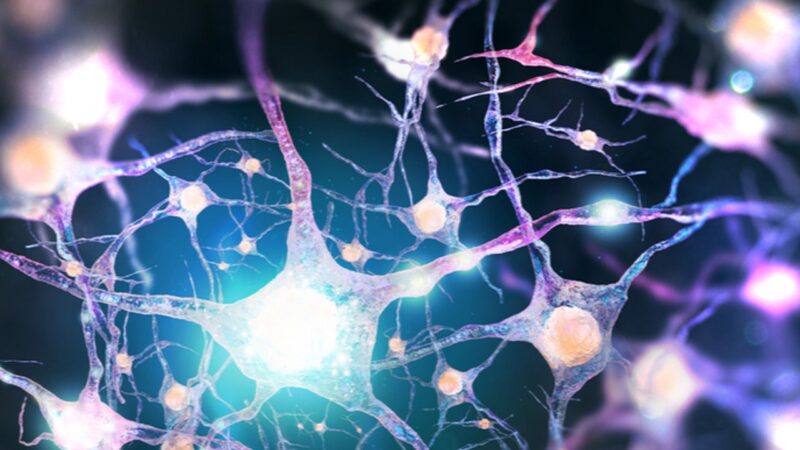
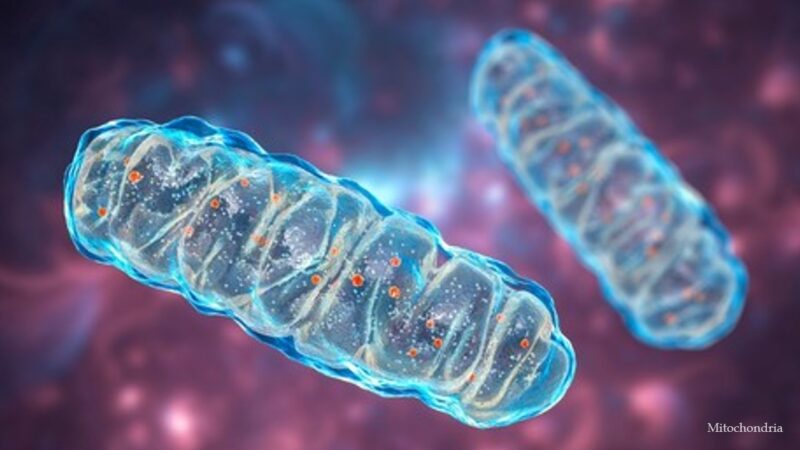
I think at the core of the human problem is the supply of energy to this dominant organ: the brain. In the observation of human history, one can see the manifestations of success and failure of different civilisations, as in the rings of a cut-down tree, one can see which are the years of heavy rain and sunshine, and which are the years of drought. Certain civilisations appear filled with energy, creativity, and productivity, and those are often the cultures which integrate altered states of consciousness.
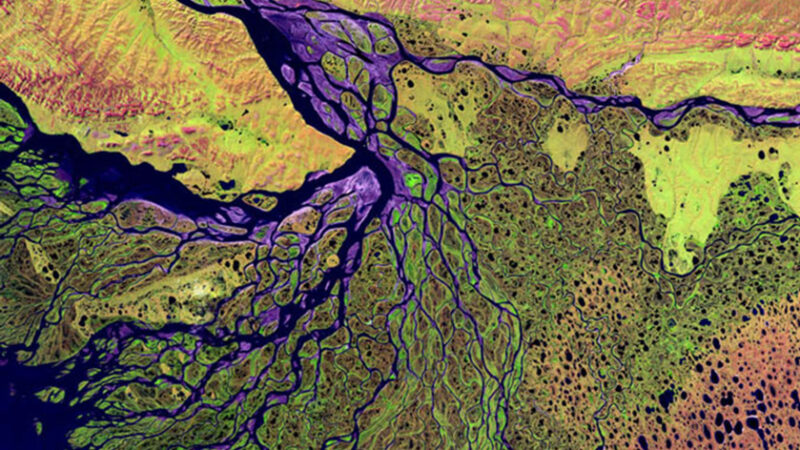
I think of key importance to both the individual and society, is the irrigation of the human brain, like in farming: to make the ground fertile one must keep it tended and watered. In the brain, the fertility relies on the supply of blood, through which the energy is distributed, and waste products are removed.

In childhood, one of my dreams of heroism was watering the desert. And then when I visited the desert, I realised what a ridiculous concept that was. Later, when I met Bart, who told me about his hypothesis of increasing the blood supply to the capillaries of the brain, underlying an enhancement of energy, it made great sense to me. I then realised that the desert is the human brain, and its water is the blood.

I have personally always, used myself as my main object of study, and my many years of experimentation with different states of consciousness convinced me of the vital need for scientific research using the latest technologies, in order to verify (or not) the hypotheses I held.
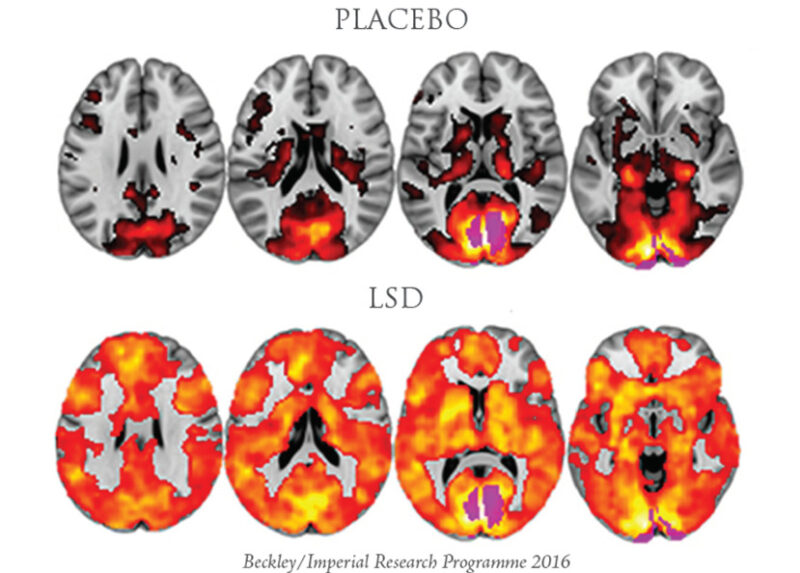
I found brain-imaging a magical tool by which we could visualise the changes which happen after we alter our state of consciousness, and then to help communicate that information to a wider public.

Now we’re at a tipping point, where the brilliance of humanity’s inventions needs to be balanced by a corresponding advance in self-knowledge. It was a strange coincidence that Albert Hofmann’s discovery of LSD coincided with the invention of the atom bomb. I feel that the knowledge and use of expanded consciousness by our earliest ancestors underlies the extraordinary creation of culture in all its forms.

Recently-discovered paintings from 35,000 years ago, in the bowels of the earth at Chauvet in France, clearly demonstrate that the artists were inspired by an expanded state of consciousness. The beauty, and skill of expression, in the flow of the lines depicting the animals has, in my opinion, never been surpassed!
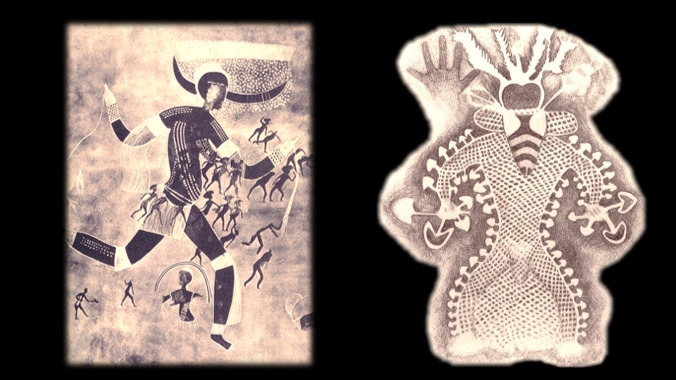
So, to summarise, I think that how we supply our brains with vital energy is an area of science which has been strangely neglected. The mystics, the saddhus and the shamans of every generation have concentrated on techniques which alter and enhance consciousness by increasing the energy-supply to the brain, whether it be through fasting, breathing, dancing, or taking psychoactive compounds – the human animal has always played with the alteration of its state of consciousness, and thereby evolved our extraordinary culture.
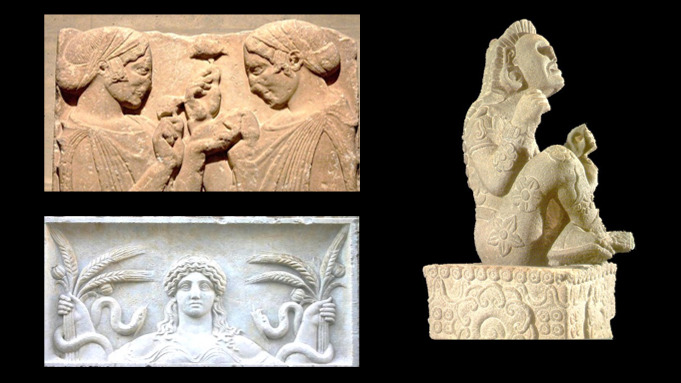
The ancient knowledge of consciousness has now got a new footnote: the explanation of how we can control the level of consciousness in our own brains, by controlling cerebral circulation in one way or another. Although methods for achieving this have been known since the beginning of human culture, the explanation behind how it works is new.
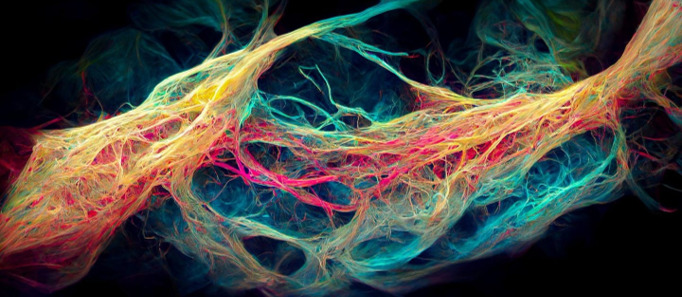
I think that we are living in an exciting time: the study of psychedelics has taken root. It is now more generally acknowledged that these “prohibited” compounds may in fact, offer a new approach to treating the epidemic of mental illness, and even, maybe, of helping to delay the punishments of ageing. They have the capacity to inspire and expand viewpoints, to help us change, adapt and grow, to love and laugh more. I feel that, as a society, we need to move into a greater understanding of our ‘core self’ and how we can enhance it.
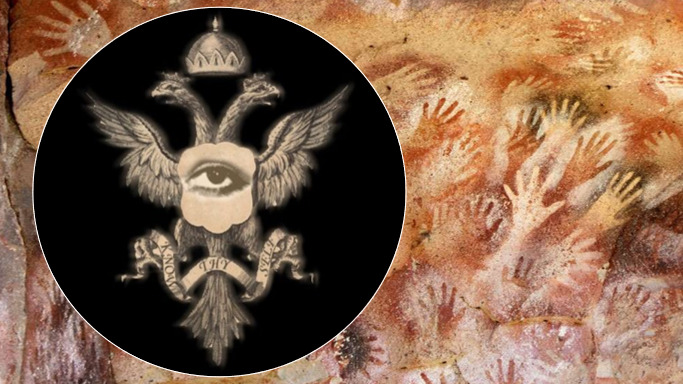
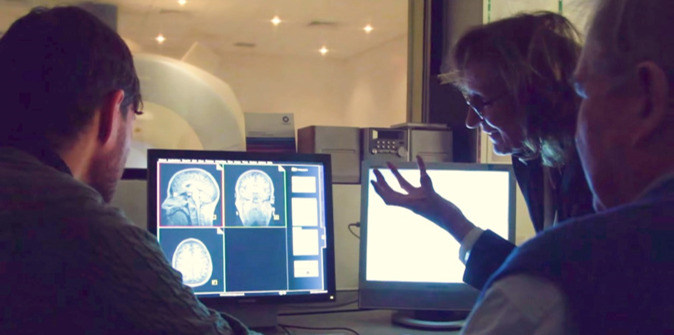
In 1996, after 30 years of trying to research psychedelics and reform global drug policy, mainly through art, without that much success, I decided to change my persona, from simply being ‘Amanda Feilding’ to becoming a ‘Foundation’. I invited top scientists to be on my Advisory Board, gave a series of internationally influential seminars at the House of Lords, and set up collaborative scientific programmes at leading institutions around the world, such as the Beckley/Imperial Psychedelic Research Programme, and others, to research the mechanisms underlying consciousness and its changing states. To me, becoming a Foundation was a conceptual artwork: a Trojan Horse to enter the citadel of the Establishment, and to influence it from the inside. Now, 25 years later, I feel that the tide is at last turning, and that there is a new, growing cultural acceptance of the possible benefits of altered states of consciousness.


I would now like briefly to outline three of the key studies in my new Programme of work, entitled the Double-Headed Research Programme. This programme focuses on LSD, the forgotten goddess in the game, both investigating its underlying mechanisms of action, and its potential spheres of application. With this programme, it is my hope to expand the frontiers of neuroscience, and to return the purest of the psychedelic compounds, LSD, which has been so abused and neglected, to its rightful eminence, and to reinstate it as a valuable elixir for humankind.
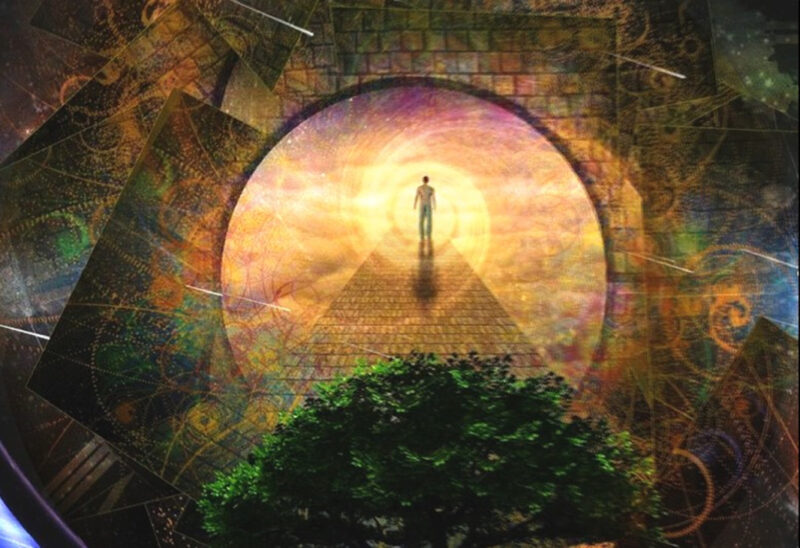
The first study I would like to mention explores the changes, physiological, neurological, and psychological, which underlie the extraordinary state of the Mystical Experience, which lies at the centre of the spiralling vortex of humanity’s spiritual and cultural development. It is an experience which is hard to describe, because it is beyond the sphere of words. Modern science has made great strides in its efforts to downgrade and extinguish the spiritual aspect of life, but, surprisingly, it now appears that at the very core of the new most effective healing approach to our mental health epidemic, lies the mystical experience. Those subjects who have a mystical experience are the ones who benefit most from psychedelic assisted therapy.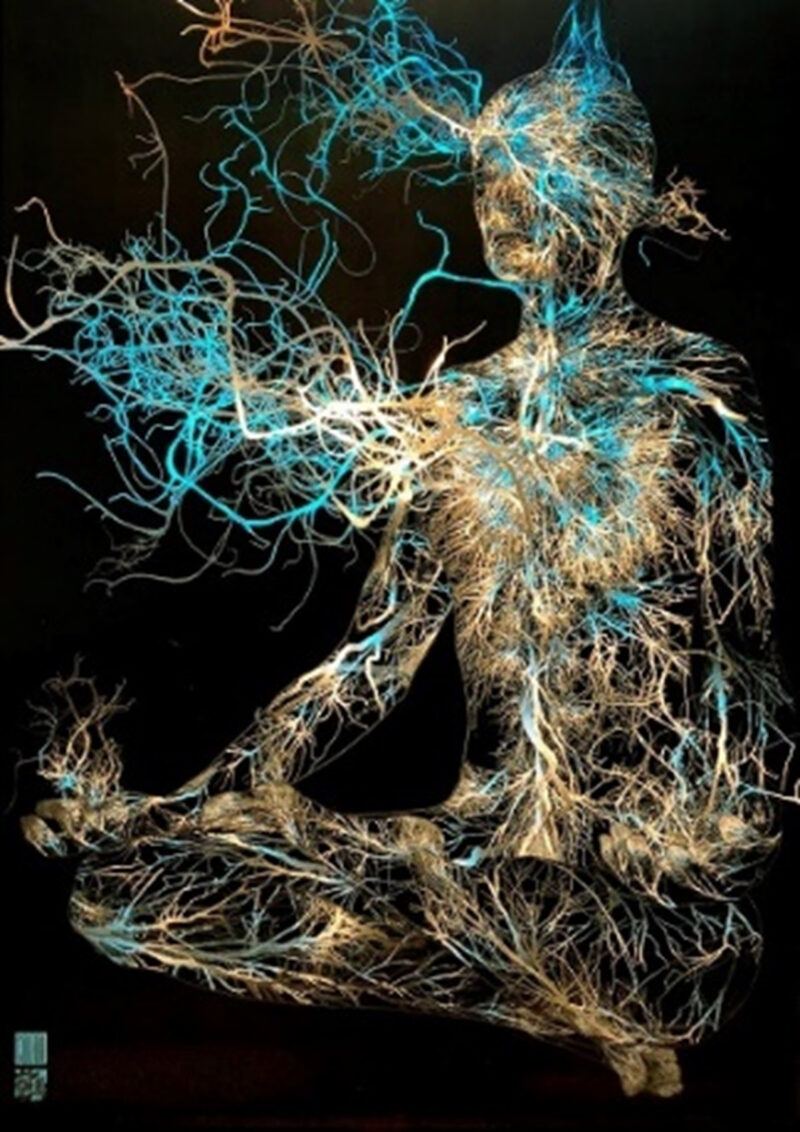
This ineffable experience of bliss and unity is accompanied by an extreme condition of hyper-neuroplasticity, where unproductive patterns of behaviour, deeply interwoven into the personality, can dissolve and be replaced by fresh and more positive beliefs and behaviours, leading to a fundamental change in attitude.
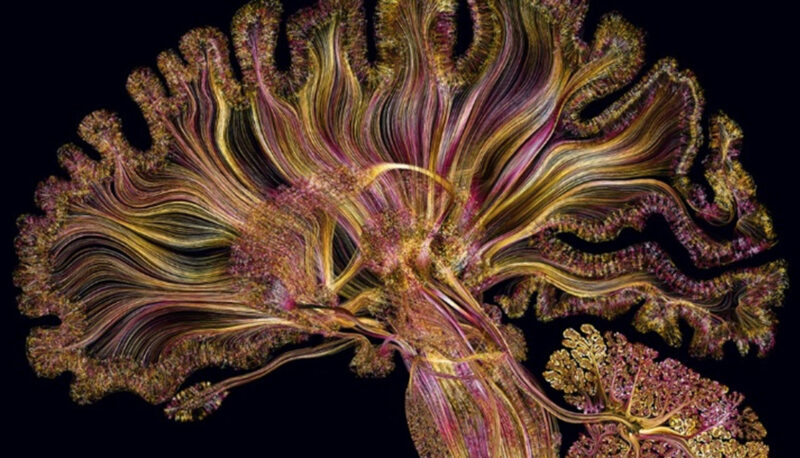
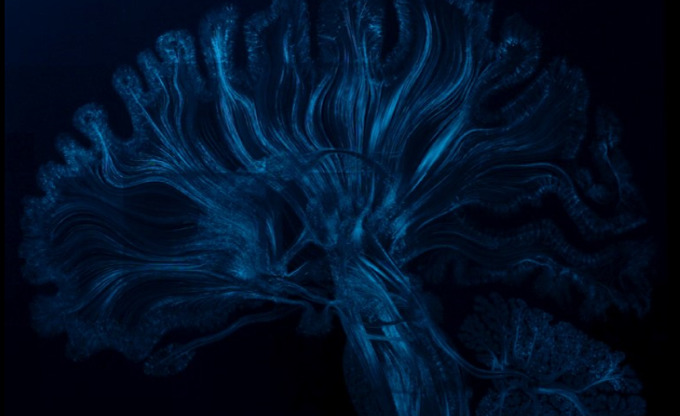
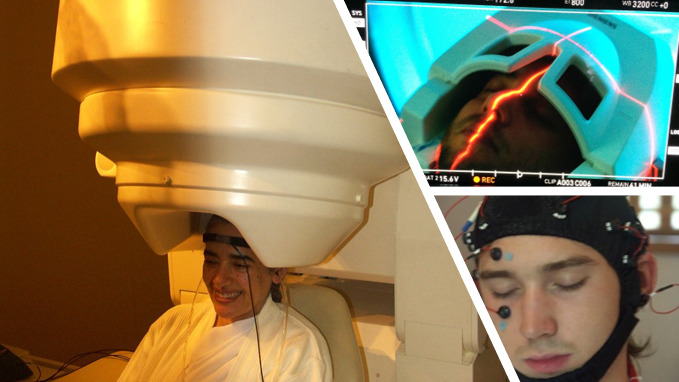
In this first study, which I am undertaking in collaboration with wonderful scientists at King’s College and UCL, we will look deeper than ever before into the underlying changes which occur in the ‘mystical experience’. In order to optimise our exploration, we will use a personalised approach, where the data from each individual is kept independent, as opposed to being averaged out within the group. We will also be using the newly developed MRI 7 Tesla, which looks deeper into the brain than ever before, and can identify much smaller units and their changing states. To compliment the MRI, we will also use the MEG, which tracks the electrical patterns of connectivity in the brain, thereby showing which parts of the brain are communicating most actively with which other parts.

This will give an exciting new map of where and what to explore next. I look on this project as an evolving map of discovery of these anomalous experiences, ignored by conventional science. We look for the treasure at the centre of consciousness, that core experience of divine bliss, what a toad experiences while sitting on a waterlily in the sun. We humans can experience it endogenously, as the saints and mystics have done, with techniques such as meditation and deep breathing, or with the aid of external tools such as psychoactive plants and fungi.
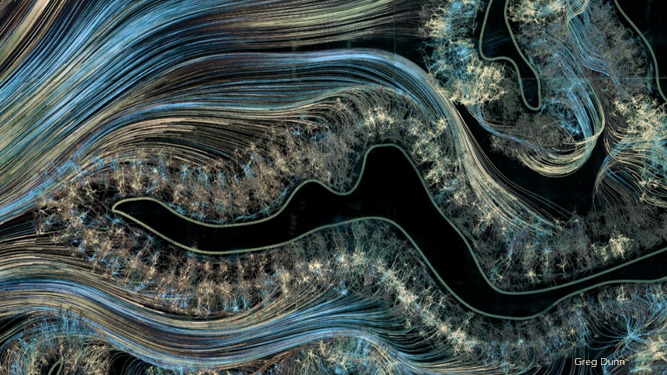
Within this study, we will also look at psychological and physiological markers of change, with the aim of familiarising ourselves with this elevated state, which has been shown to be of such unique value in overcoming self-destructive thought and behaviour patterns. Apart from the pure mystical joy of it, I can see this particular research growing like a mycelium into extended networks of fascinating, not yet understood phenomena such as telepathy. Insights from this study could also help us learn how to better induce the mystical experience in those undergoing psychedelic therapy.
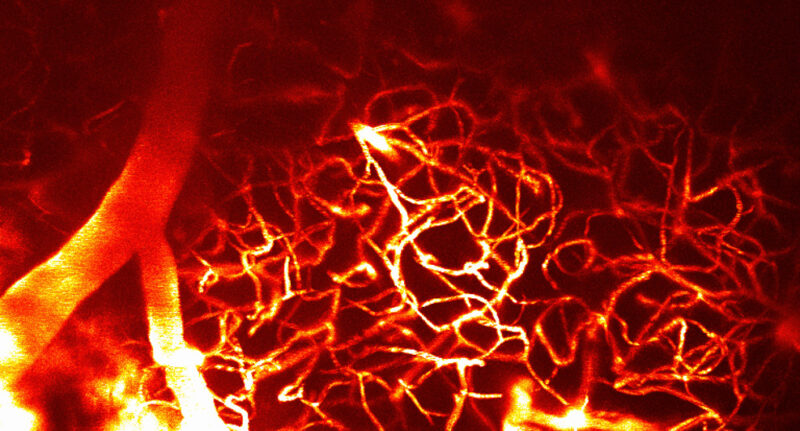
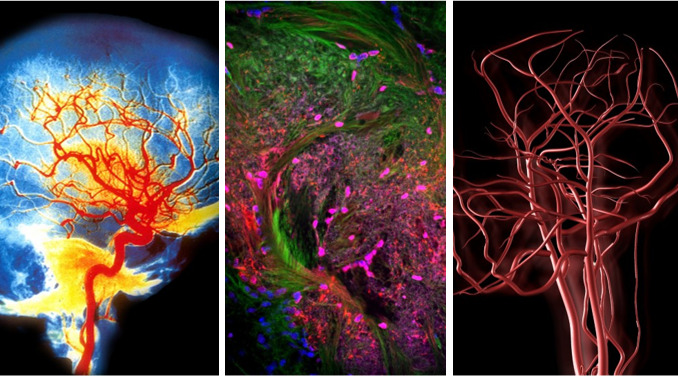
A second study, which I am carrying out with a pioneering group of scientists at Cornell University, is investigating, at a more intimate level than ever done before, my pet subject for the past 55 years: the hypothesis that a key mechanism underlying the effect of psychedelics is to increase the volume of blood in the capillaries of the brain, thereby supplying it with more energy. This study will be looking at the effect of LSD on the serotonin-2A receptor, and how that in turn effects the tone of the walls of the microvasculature, and hence the distribution of the blood. We will also study how the neurons interface with the microvasculature, to constrict or dilate the vessel walls, thereby directing, or impeding the flow of blood to the different areas. The understanding of this mechanism is key to unravelling the relationship between neuronal activity, cerebral blood distribution and changing states of consciousness.

For this research to take place, part of the skull of the mice has to be removed, and interestingly, when I asked the scientists if, when making this expansion window in the cranium, they noticed any change in pulsation, they both laughed and said ‘yes, it can cause a big problem!’… it results in a burst of increased pulsation. This, to my delight, I feel indicates the underlying change brought about by trepanation: that the creation of this expansion window enables the full systolic pulsation to take place, with extra blood entering the capillaries of the brain with each heartbeat… restoring the circulation to the level of childhood.

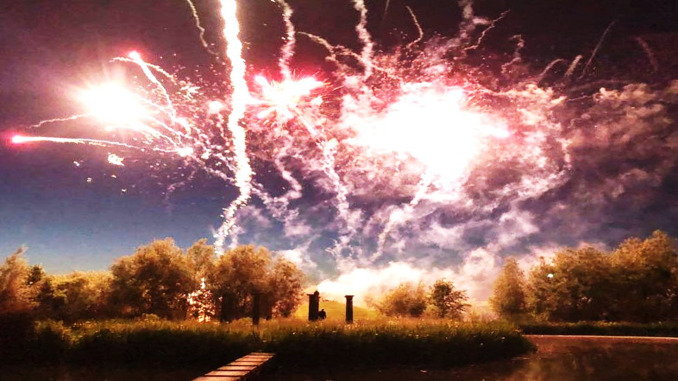
The third area that I would like to touch on is a study which I feel demonstrates the amazing, non-specific potential of psychedelics to improve human life at many different levels. Different dosages can have very different applications, which can act as a magic key in many different spheres of consciousness, from the full dose creating the mystical state of unity, to the micro/mini dose, which can give the spark to re-alight the connectivity between the different parts of the “self”, which can get lost in conditions such as Alzheimer’s.
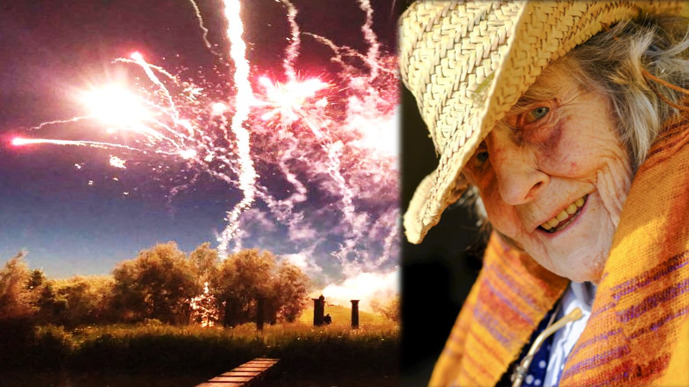
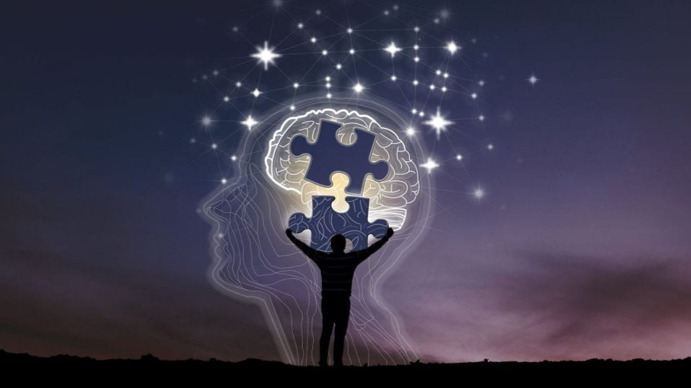
My determination to do this study was sparked by the transformation it made to a wonderful elderly lady of 97, who, in the temporary absence of her beloved son, who was her carer, slipped into a deep, almost vegetative apathy, so deep that she couldn’t recognise him on his return from a week away. With her previous approval, she ingested a microdose of LSD, and within an hour she was a sparkling little old lady again, with her full sense of “self” restored, her wit, and love of life in full fire, saying how wonderful she felt, and “could we read some poetry now”.

By following a special protocol to achieve the desired effect, this state was maintained until she died. The restoration of her former “self” delighted her children, who said that it was “remarkable”, and that the only thing that they regretted was not starting the treatment much earlier. On the basis of this case study, I am now developing a clinical trial with a research team at Basel University in Switzerland.

I have many related studies and exciting projects that I am developing around the world with the support of my team. Also, to my great delight, in recent years, the Beckley ecosystem has been greatly expanding thanks to the wonderful work of my two sons, Cosmo and Rocky, with the setting up of Beckley Psytech and Beckley Waves… As I’ve said for many years: the psychedelic orchard is amazingly abundant, full of ripe fruits waiting to be plucked.

Sadly however, the Taboo is not yet slain and there are still many obstacles on the path. Endless unnecessary expenses and obstructions, dried-up funds, and red tape, which can take unbearable lengths of time and effort to overcome.
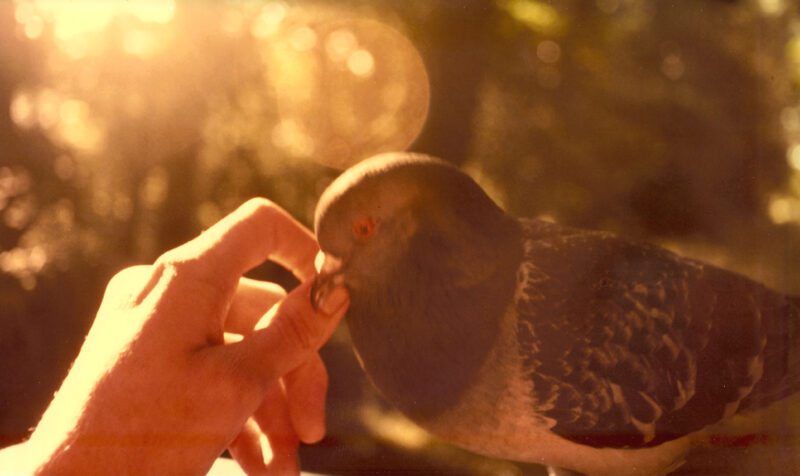
It would be wonderful to enter an era of fast-forwarding the myriad of programmes which offer such sparkling rewards, to help alleviate suffering and enhance the wonder, nobility and creativity of humanity.


If we succeed in delivering this new ‘Psychedelic Age’, then hopefully, the union of science and spirituality might finally come to fruition, no longer a war, but a marriage of two spheres which were never meant to be separate.
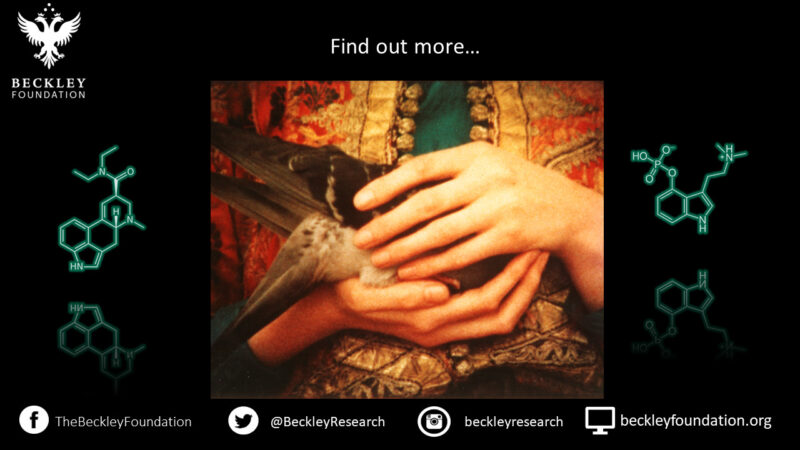
Podcast
- All
Links
- All
Support
- All
BIPRP
- All
Science Talk
- All
Amanda's Talks
- All
- Video Talk
- Featured
- 2016 Onwards
- 2011-2015
- 2010 and Earlier
- Science Talk
- Policy Talk
One-pager
- All
Music
- All
Amanda Feilding
- All
Events
- All
Highlights
- All
Psilocybin for Depression
- All
Current
- All
Category
- All
- Science
- Policy
- Culture
Substance/Method
- All
- Opiates
- Novel Psychoactive Substances
- Meditation
- Trepanation
- LSD
- Psilocybin
- Cannabis/cannabinoids
- Ayahuasca/DMT
- Coca/Cocaine
- MDMA
Collaboration
- All
- Beckley/Brazil Research Programme
- Beckley/Maastricht Research Programme
- Exeter University
- ICEERS
- Beckley/Sant Pau Research Programme
- University College London
- New York University
- Cardiff University
- Madrid Computense University
- Ethnobotanicals Research Programme
- Freiburg University
- Medical Office for Psychiatry and Psychotherapy, Solothurn
- Beckley/Sechenov Institute Research programme
- Hannover Medical School
- Beckley/Imperial Research Programme
- King's College London
- Johns Hopkins University
Clinical Application
- All
- Depression
- Addictions
- Anxiety
- Psychosis
- PTSD
- Cancer
- Cluster Headaches
Policy Focus
- All
- Policy Reports
- Advisory Work
- Seminar Series
- Advocacy/Campaigns
Type of publication
- All
- Original research
- Report
- Review
- Opinion/Correspondence
- Book
- Book chapter
- Conference abstract
- Petition/campaign
Search type
